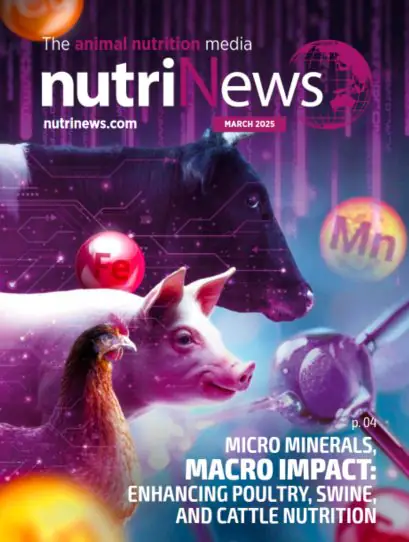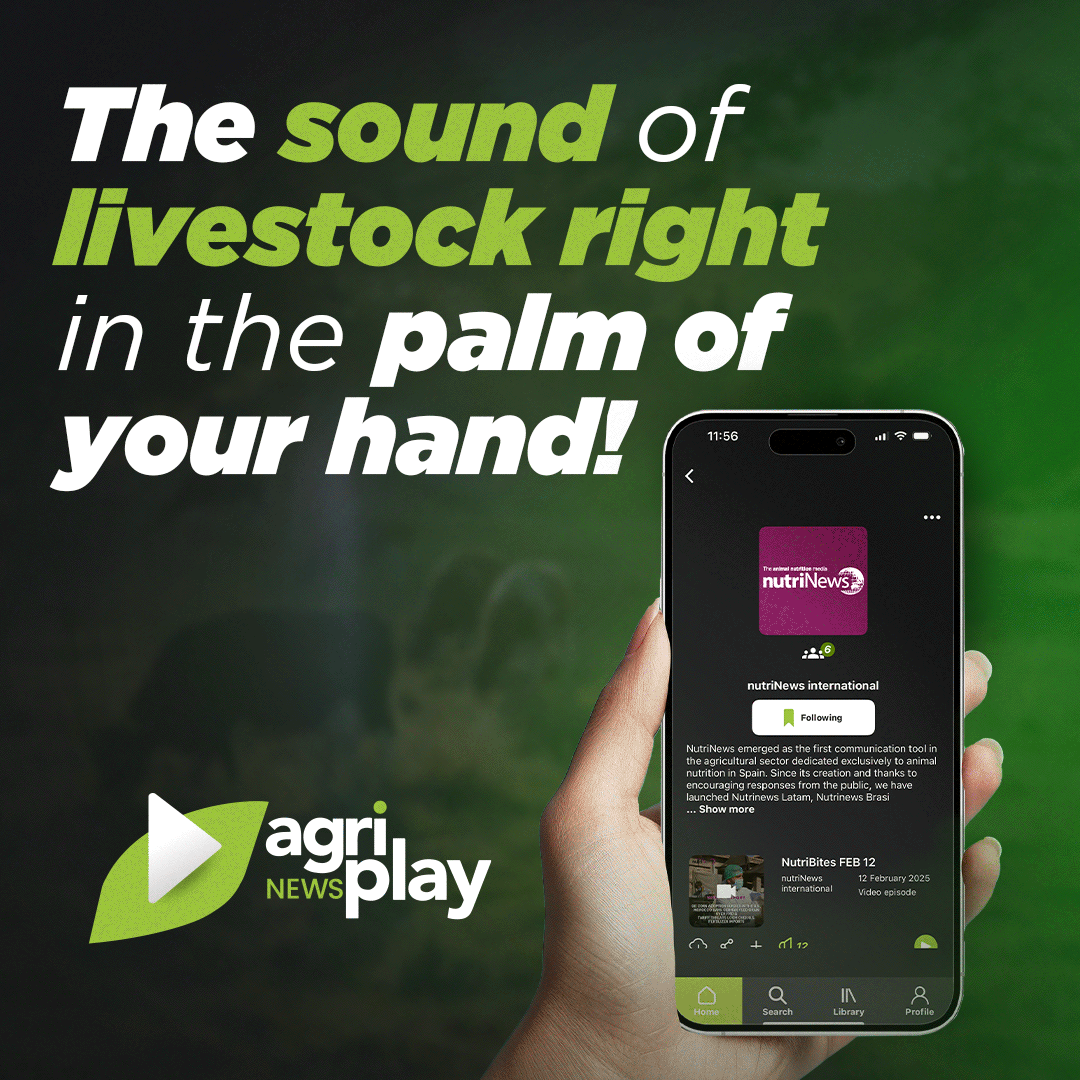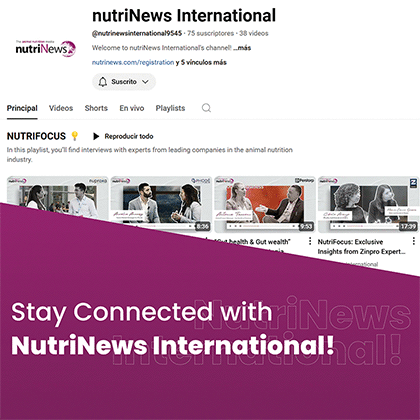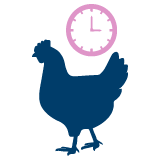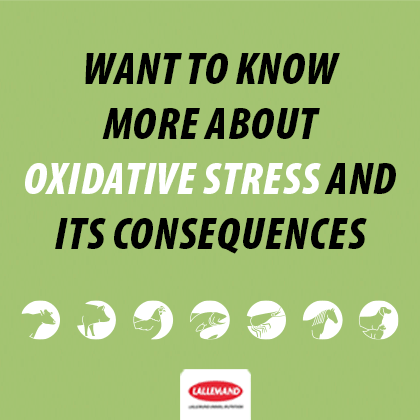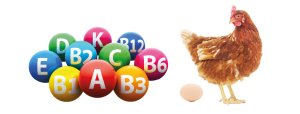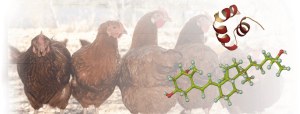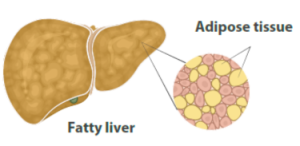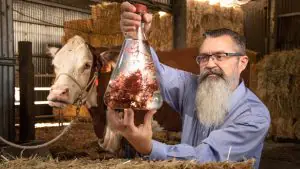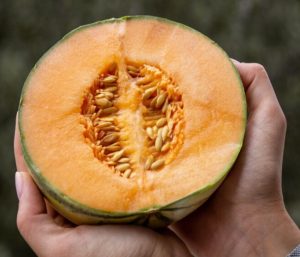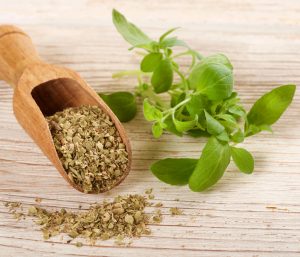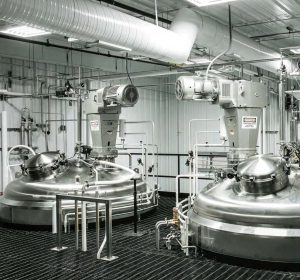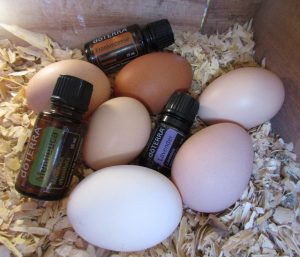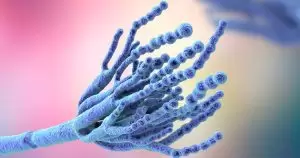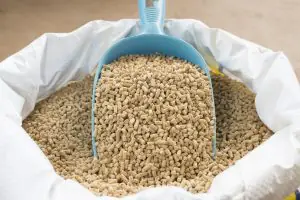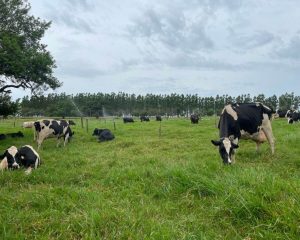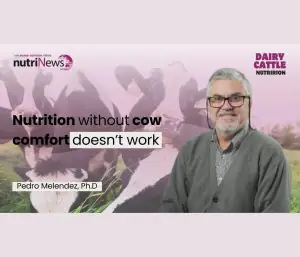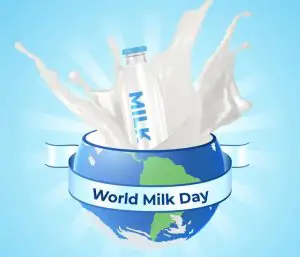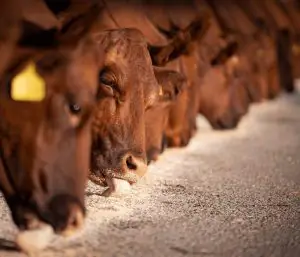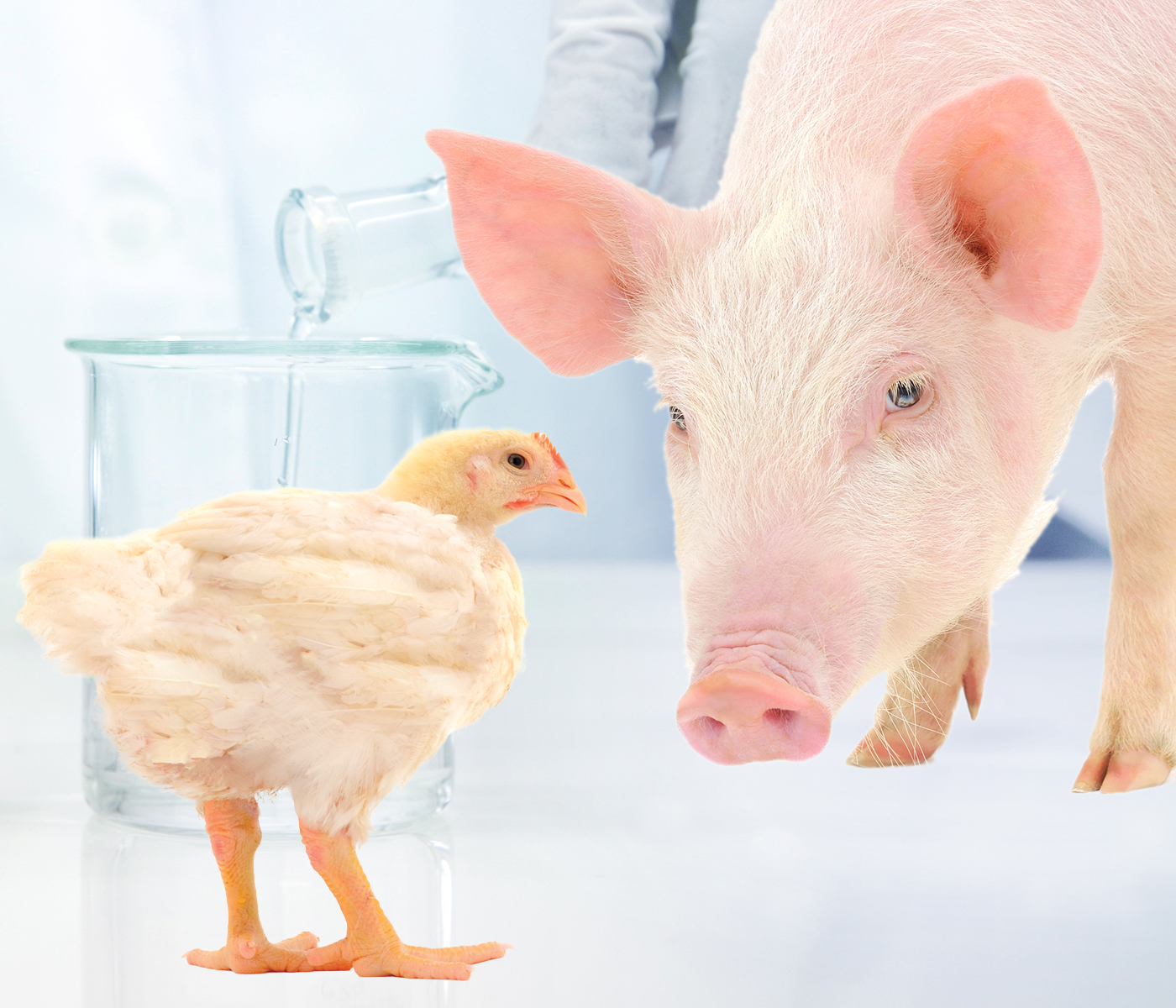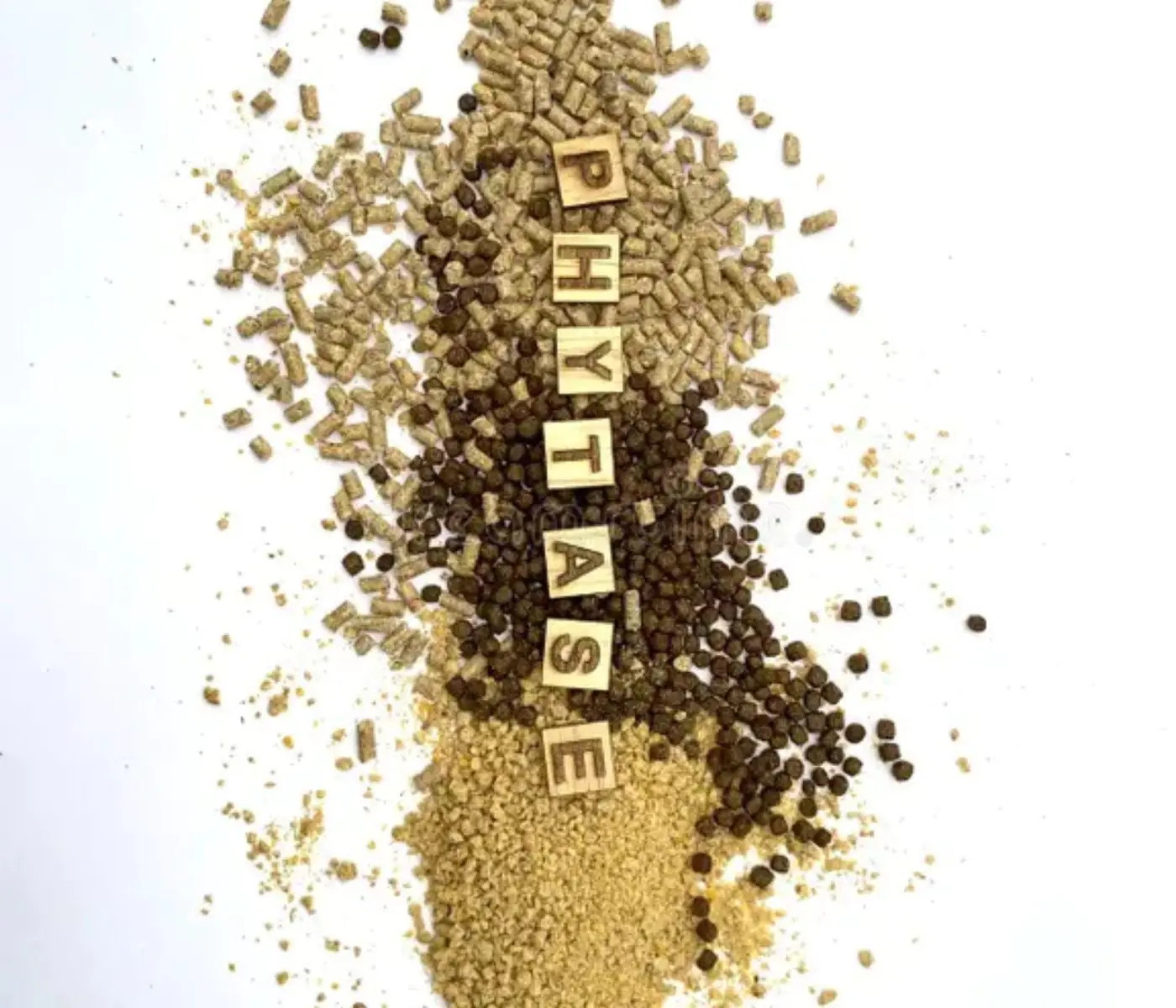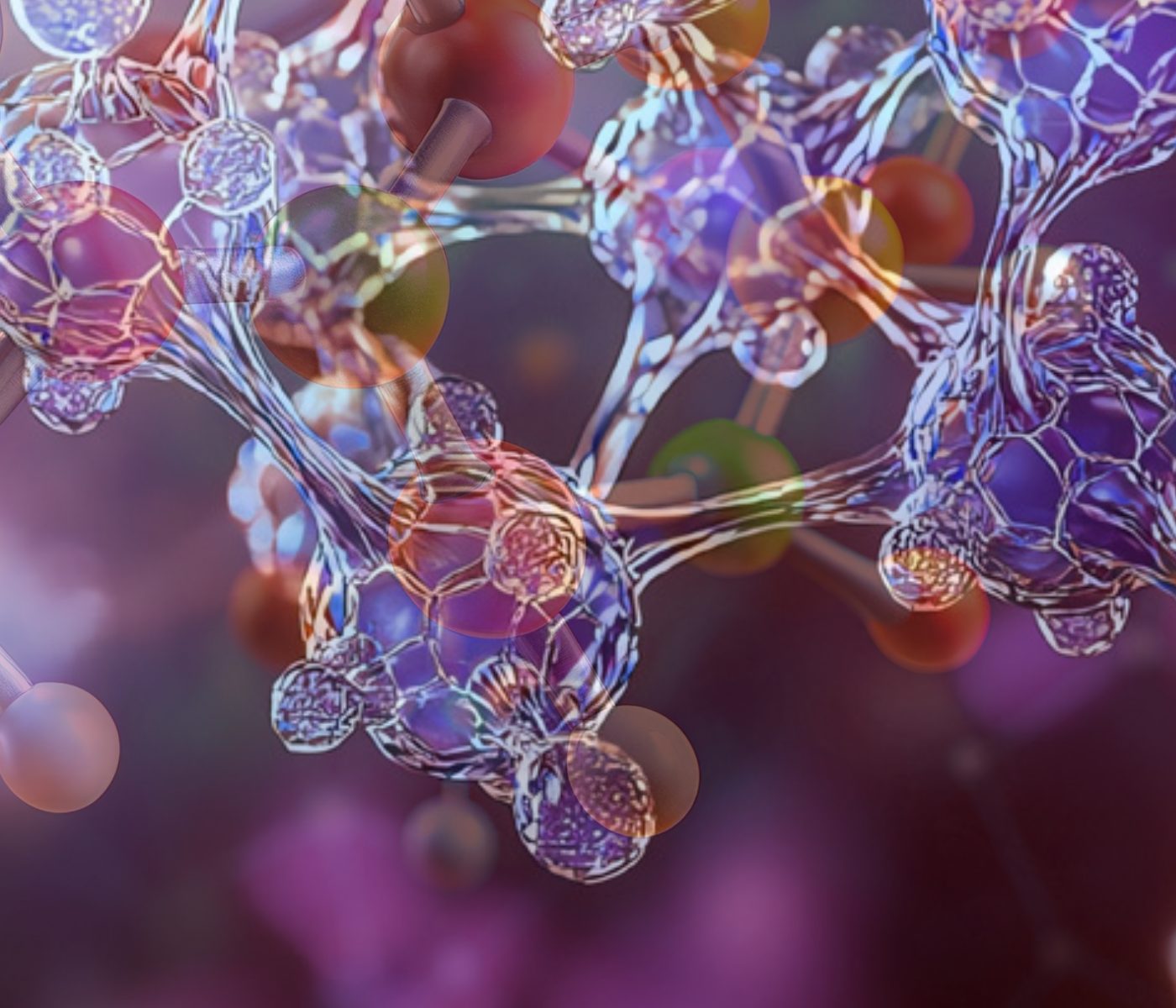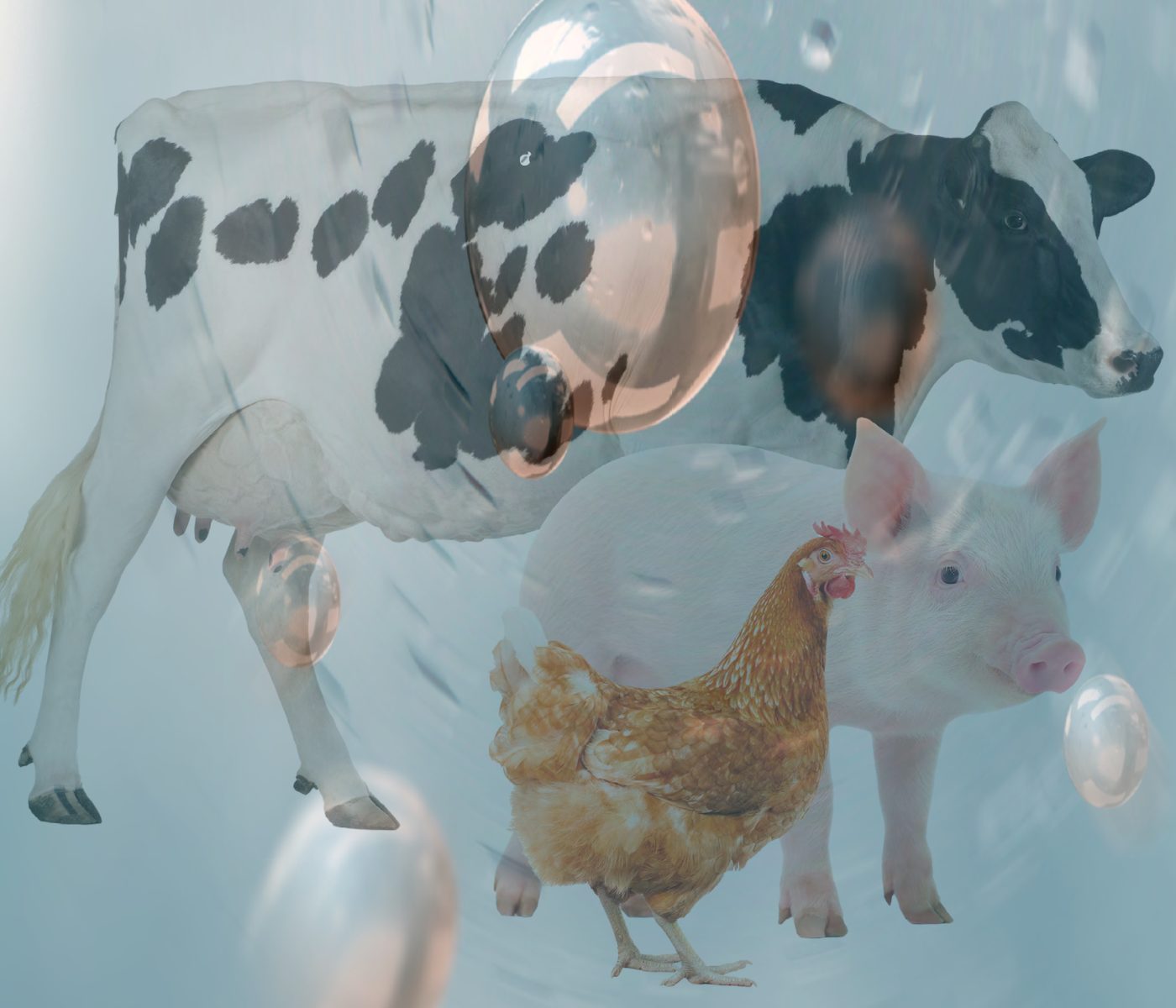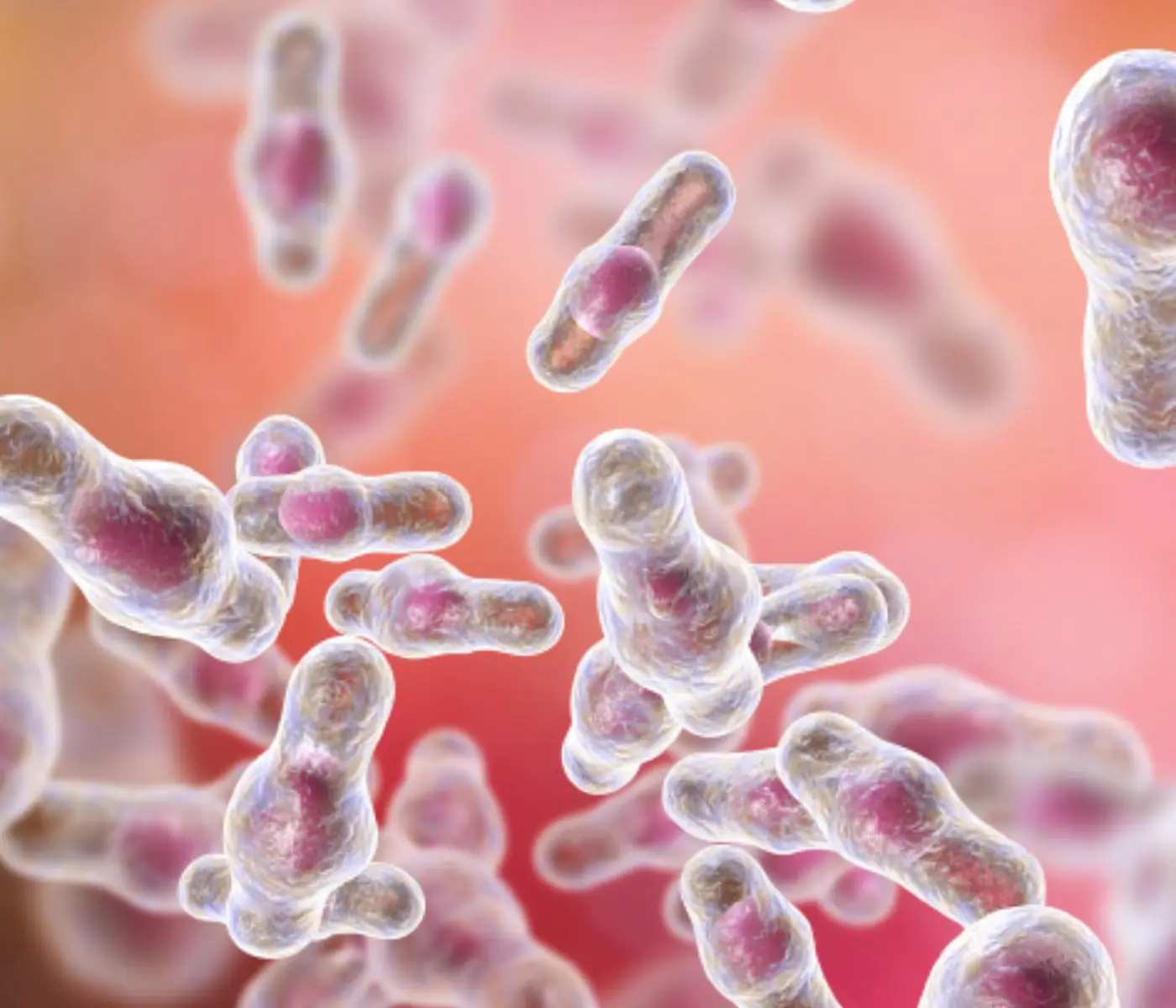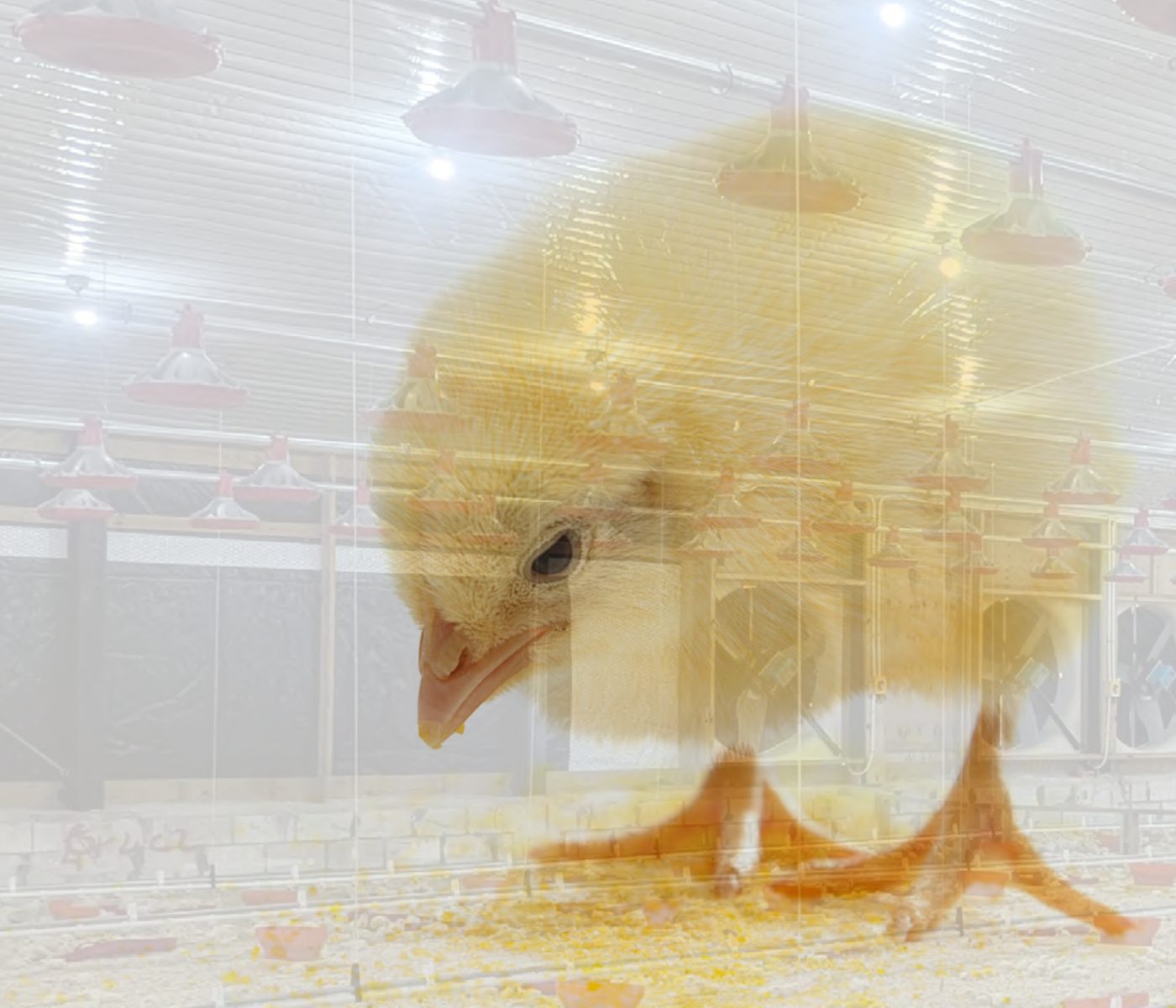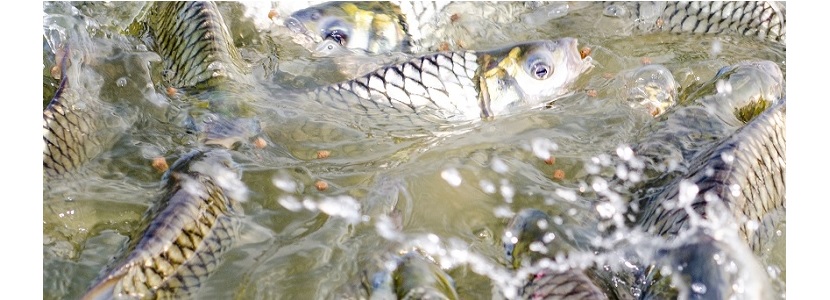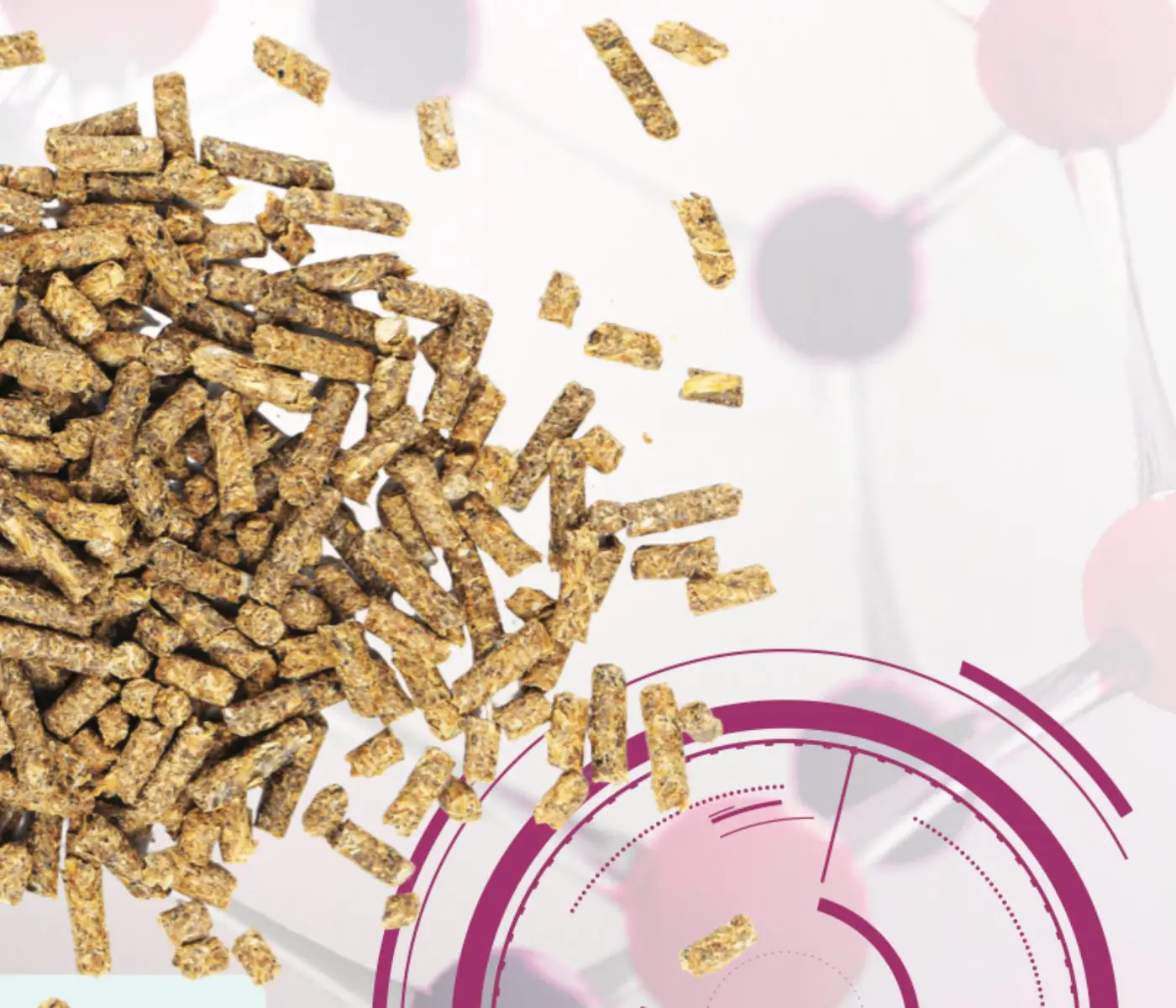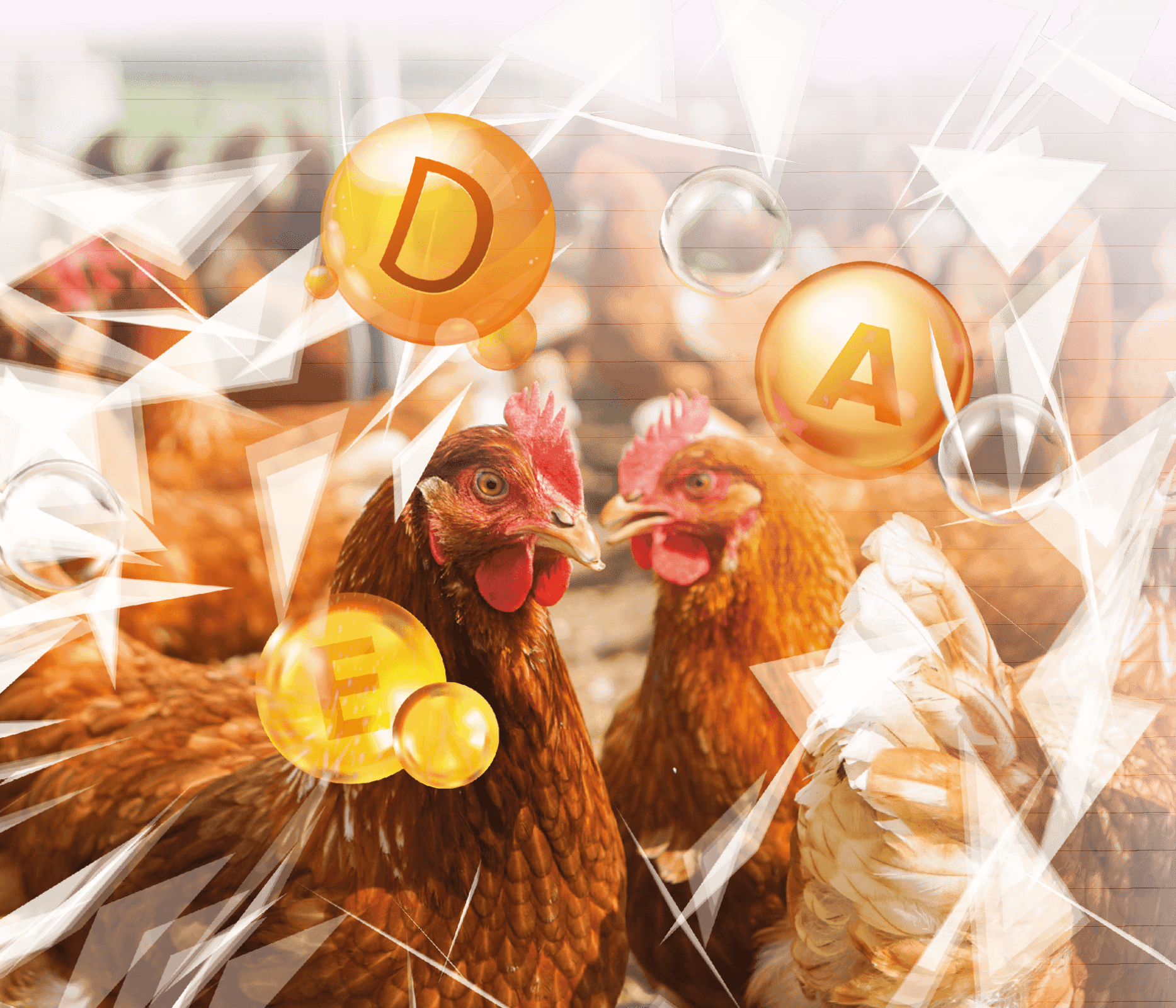 04 May 2023
04 May 2023
Assessing current vitamin requirements in commercial layers
Assessing current vitamin requirements in commercial layers
In Mexico, the breeds of hens that are raised for commercial purposes, mainly include: Bovans, Hy-Line W80 and Lohmann. These hens are currently raised in long cycles of 100 weeks or more, with a production target of 500 eggs at 100 weeks.
The main characteristic of these hens is persistence in production and this has been achieved through a reduction in the time between successive ovulations.
Traditionally laying hens ovulated approximately every 26-27 hours when in production, but in modern hybrid hens this has been reduced to approximately 24 hours.
This persistence must be accompanied by factors such as: egg quality, health and welfare of the hens.
This requires knowledge and consideration of the physiology of the hens and their nutritional requirements. As well as a complete understanding of how these requirements may vary according to the age of the birds, type of production system, housing and management practices.
According to comparative data from Hendrix Genetics, a white egg-laying hen in 2000 produced 324 eggs at 75 weeks.
Meanwhile, in 2020, a similar animal with the same age produced 364 eggs(40 more eggs).
However, in addition to producing a greater number of eggs; the hen must achieve this production level in a more efficient way in terms of feed conversion (2.18 vs. 1.98, for the years 2000 and 2020 respectively).
 This implies a double challenge, considering the fact that modern hens must produce more, with less amounts of feed.
This implies a double challenge, considering the fact that modern hens must produce more, with less amounts of feed.
Therefore, the improvements in productivity of modern “long cycle” hens, make us consider the fact that nutritional requirements, including vitamins, should be reevaluated. Especially, because of the high productive demands that are placed on these birds.
Requirements and importance of vitamins
Vitamins have gained greater interest in the egg-producing industry, due to their influence on: reproduction, antioxidant capacity and other physiological mechanisms.
In old hens or those worn out by high productive demands(persistence), immune function is significantly reduced.These animals also present intestinal dysfunction, poor egg quality and lower productivity levels. All of these factors result in substantial economic losses.
The vitamin requirements reported for hens by the NRC 1994 have undoubtedly become outdated, as they were determined for hens that would not meet the requirements of modern day hens.
Breeding companies have attempted to establish their own recommendations adjusted to the requirements of their commercial lines (Table 1). However, it is impossible to think that a fixed level of vitamins can work for an entire production cycle or different production systems. Taking into account that there are significant differences regarding productive and environmental conditions in poultry farming around the globe.
Table 1. Vitamin requirements per kg of feed in laying hens
*classified as a vitamin-like substance.
Vitamin combinations for supplementation
There is evidence within the available literature, supporting the claim that the supplementation of single vitamins or in combinations above established requirements can help to mitigate certain challenges such as: heat stress, metabolic problems like osteoporosis (shell quality) and hepatic disorders.
 vitamin C (200 mg/kg)
vitamin C (200 mg/kg)
 betaine (1,000 mg/kg)
betaine (1,000 mg/kg)
has been shown to improve: survival rate, percentage of posture and feed conversion in hens subjected to heat stress (Attia, et al., 2016).
Other authors mention that combinations of vitamin A (16,000 IU/kg) and vitamin E (500 mg) are preferable for obtaining improved productivity in hens subjected to heat stress (El-Hack et al., 2019).
Regarding osteoporosis, it has been found that the supplementation of different isomers of vitamin D3 could help alleviate this problem and as a result, improve the quality of the shell.
 Supplementation with levels above 3,000 IU of vitamin D3/kg of feed (6,000 and 12,000) has been reported to improve apparent calcium digestibility.
Supplementation with levels above 3,000 IU of vitamin D3/kg of feed (6,000 and 12,000) has been reported to improve apparent calcium digestibility.
The inclusion of the D2 isoform produces better effects on phosphorus digestibility at the same levels when compared to the basal dose of 3,000 IU/kg (Adhikari, et al., 2020).
However, these results of improved calcium and phosphorus digestibility were not evidenced in bone mineralization for this study. This can probably be attributed to the duration of the experiment, which was relatively short(6 weeks).
This information sets a certain guideline for us to think about supplementing adequate levels of vitamin D3 and for assessing combinations of different isoforms in long-cycle laying hens.
Vitamin K, which is normally supplemented to correct clotting problems, also has an effect on bone development as it is linked to the activation of the hormone osteocalcin.
Supplementation of 12 mg vitamin K/kg feed improved metatarsal spongy bone volume in 25-week-old hens (Fleming et al., 2010).
More benefits associated with vitamin supplementation
Another metabolic problem in long-cycle hens is the condition referred to as fatty liver. In birds, fatty acids are mainly synthesized from carbohydrates in the liver. The yolk contains large amounts of lipids, which makes hens highly susceptible to this problem.
 This disorder tends to be present in unbalanced diets, with inadequate proportions of energy and protein.
This disorder tends to be present in unbalanced diets, with inadequate proportions of energy and protein.
An alternative to prevent this disorder would be to supplement the birds’ feed with: choline, inositol, vitamin B12, folic acid and vitamin E (Bouvarel & Nys, 2013).
This was also demonstrated by Navarro-Villa et al. (2019), who supplemented a mixture of B vitamins (thiamine, folic, biotin, cobalamin) and choline, in hens that were experimentally induced with fatty liver syndrome. These authors were able to demonstrate that the supplementation of this type of vitamins contributed to reducing fat deposition in the liver.
Egg production is of paramount importance in Mexico. Considering that there is a high per capita consumption (26 kg or 345 eggs per year). However, egg production is not an easy task as it faces a diversity of environmental conditions and challenges.
The vast majority of farms in Mexico are found in open environments. Exposing hens to extreme weather conditions. With very cold winters(temperatures below 0°C) and extremely hot summers (>38°C).
Final Considerations

For the aforementioned reasons, it is not possible to establish fixed recommended vitamin levels to cover all the requirements of hens. New genetic lines have greater nutritional demands due to their high persistence. As well as due to the fact that they are subjected to long cycles of 100 weeks or more.
Therefore, we must continue to reevaluate the levels of vitamins that we are using for this type of hens. In order to adapt these to the different genetic lines with which we are working with, as well as to the different environments and geographical areas where production systems are located.

